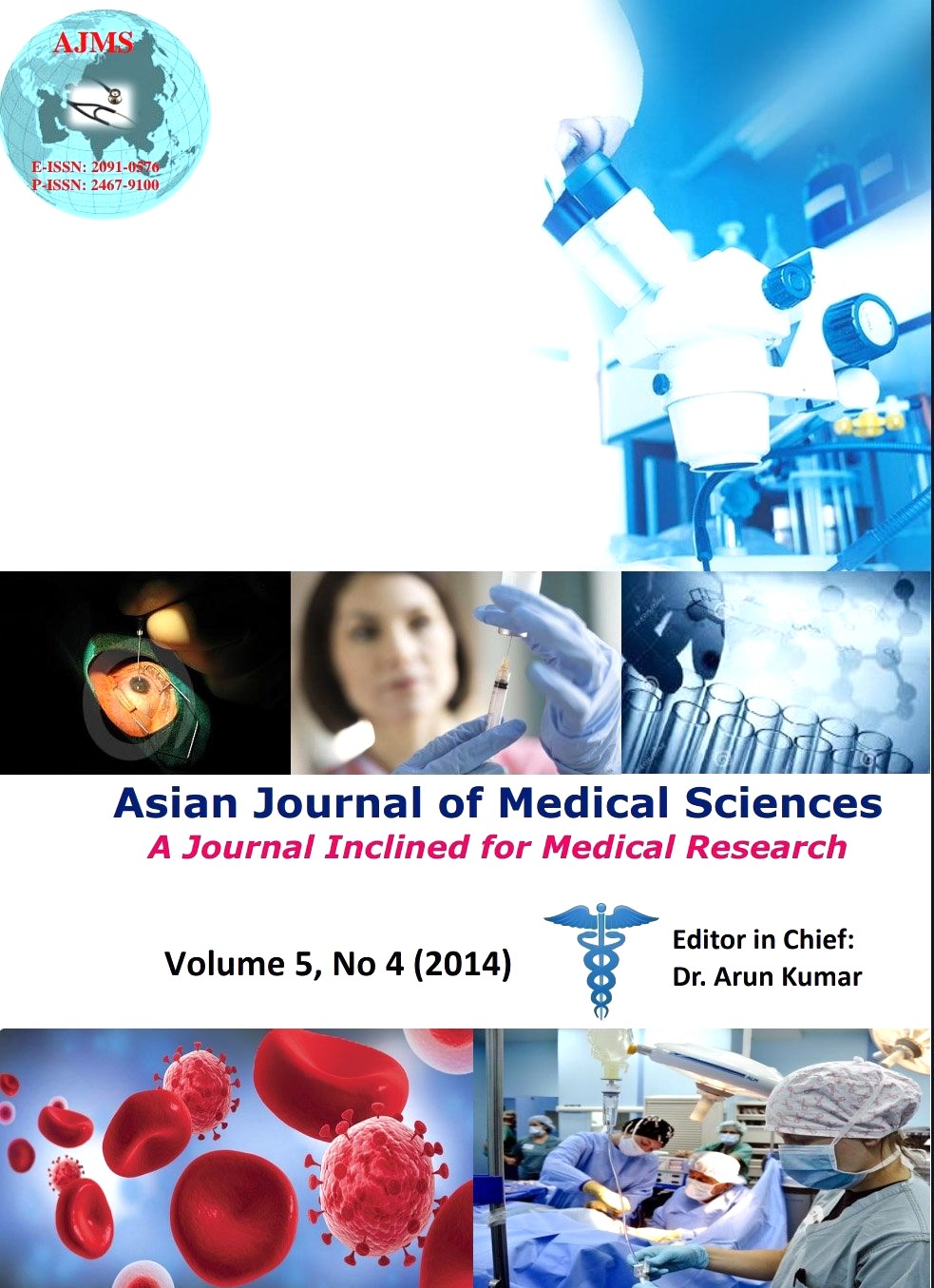Patterns of talar articulating facets in adult human calcanei from North-East India and their clinical correlation
Keywords:
Calcanei, Articular facets, Pattern, Variation, Subtalar joint, Tarsal coalitionAbstract
Calcaneus is the largest tarsal bone of the foot and forms the posterior prominence of the heel. The calcaneus articulates with the talus superiorly at the subtalar joint. The subtalar joint is responsible for the inversion and eversion. There are three facets over upper side of talocalcaneal joint: anterior talar facet, middle and posterior. There are considerable variations in the number and arrangement of these facets. A total of 100 dry adult human calcanei were obtained irrespective of age and sex and evaluated for the pattern of talar articulating facets and measurements were made with digital vernier calliper of 0.01 mm accuracy at anatomy laboratory of Sikkim Manipal Institute of Medical Sciences, Sikkim. The study revealed that type-A was 31%, type-B was 5%, type-C was 62% and type-D was 2%. In our study type-C was followed by type-A. These morphological variations on the superior surface of the sustentaculum tali may predispose people to joint instability, ligamentous laxity and the development of arthritic changes in the subtalar joint.
DOI: http://dx.doi.org/10.3126/ajms.v5i4.9486
Asian Journal of Medical Sciences 2014 Vol.5(4); 89-93
Downloads
Downloads
Published
How to Cite
Issue
Section
License
Authors who publish with this journal agree to the following terms:
- The journal holds copyright and publishes the work under a Creative Commons CC-BY-NC license that permits use, distribution and reprduction in any medium, provided the original work is properly cited and is not used for commercial purposes. The journal should be recognised as the original publisher of this work.
- Authors are able to enter into separate, additional contractual arrangements for the non-exclusive distribution of the journal's published version of the work (e.g., post it to an institutional repository or publish it in a book), with an acknowledgement of its initial publication in this journal.
- Authors are permitted and encouraged to post their work online (e.g., in institutional repositories or on their website) prior to and during the submission process, as it can lead to productive exchanges, as well as earlier and greater citation of published work (See The Effect of Open Access).




